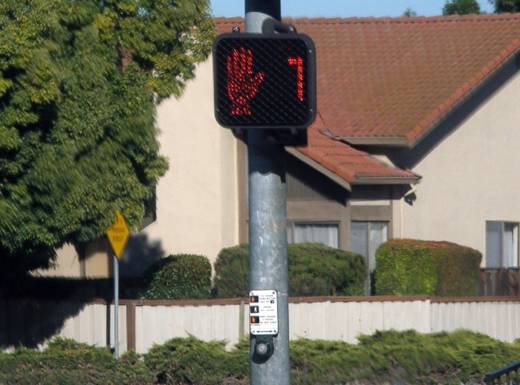One jurisdiction where people have learned that? Los Angeles.
A couple of years back, the L.A. Times investigated what appeared to be a high number of citations issued to pedestrians for beginning to cross after a “don’t walk” signal started flashing.
The Times found that in downtown Los Angeles alone, police had issued 17,000 such tickets over a four-year span. That’s a dozen a day, on average. And the fines are no joke, typically totaling about $200. The LAPD’s zealous crosswalk enforcers told the paper that the tickets are part of making the streets safer for pedestrians and drivers.
The traffic cops’ rationale notwithstanding, the Times’ reporting triggered an outcry, and the outcry prompted Assemblyman Miguel Santiago, who represents much of downtown L.A., to join San Francisco Assemblyman Phil Ting to offer AB 390.
The newly signed bill, which takes effect Jan. 1, 2018, will make it legal to enter a crosswalk after a crosswalk countdown starts — as long as you get to the other side by the time the counter reaches zero.
Santiago said in a statement that the new law will “ensure pedestrians are not preyed upon and burdened unnecessarily. This is a small but crucial step towards encouraging and reinforcing pedestrian-friendly communities such as downtown Los Angeles.”
AB 390 amends California Vehicle Code Section 21456, regulating pedestrian crossings with walk/don’t walk signals. The law was on the books before California got its first experimental crosswalk countdown devices in 2001.
It’s important to note that another facet of that law remains unchanged: If you’re crossing at one of the traditional pedestrian signals — one without a countdown clock — it will remain illegal to start into the street once the flashing “don’t walk” (or red hand) begins flashing.
Most of us were probably unaware of that wrinkle in the vehicle code, too. And if we forget — well, there might be a cop with a ticket book to remind us.
